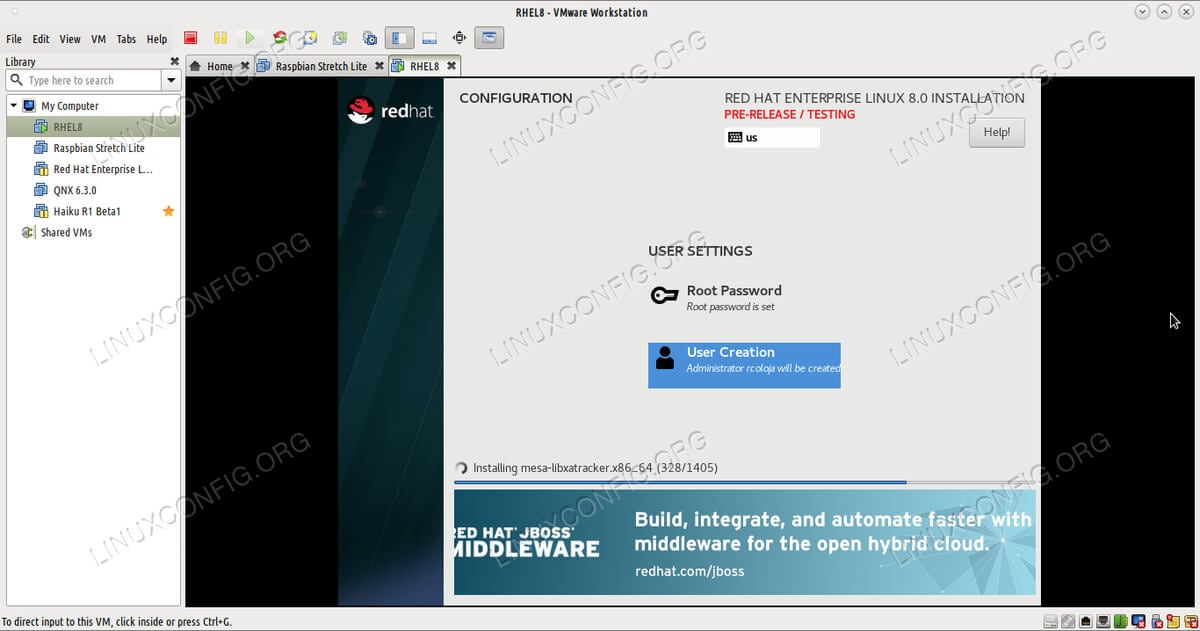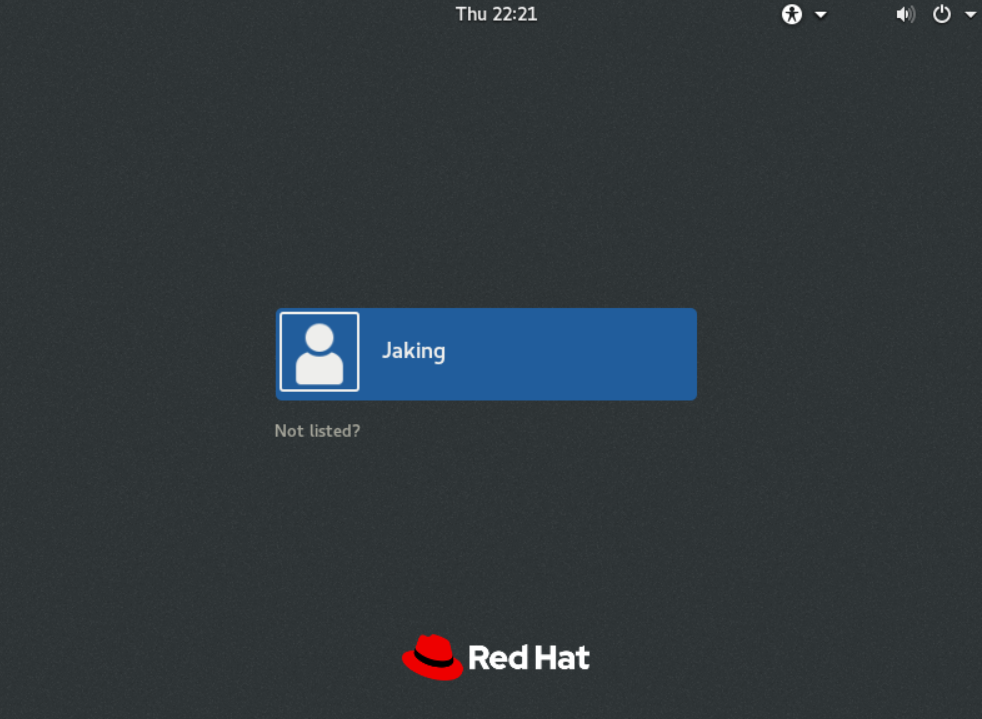

- #Red hat linux iso for vmware workstation how to
- #Red hat linux iso for vmware workstation password
- #Red hat linux iso for vmware workstation Offline
- #Red hat linux iso for vmware workstation download
Wait until the command completes then proceed to boot your system from a USB stick. sudo dd if= /path/to/image.iso of=/dev/ sdX bs=8M status=progress oflag=direct Then run the following command replacing sdX with the name of your USB, e.g sdb. You can use dd command for this.įirst, identify the name of your USB device partition. Once the ISO image is downloaded, create a bootable USB if doing the installation on physical hardware.
#Red hat linux iso for vmware workstation Offline
#Red hat linux iso for vmware workstation download
Search using keyword “ Beta” under Downloads > Red Hat Enterprise LinuxĬhoose the Red Hat Enterprise Linux beta variant to download with match for your CPU architecture. If you have an active user account use its details to login.įor users without a Red Hat account, create an account then login to Red Hat Customer Portal. For new users, visit Red Hat Downloads page which will redirect you to the Login page.
#Red hat linux iso for vmware workstation how to
#Red hat linux iso for vmware workstation password


RHEL 9 Beta includes multiple new items such as: RHEL 9 is optimized for hybrid multicloud deployments – cloud, physical, on-premises, public cloud and edge compute. Red Hat Enterprise Linux (RHEL) 9 Beta ships with upstream kernel version 5.14.

This release is based on the controversial CentOS Stream distribution of Linux. Red Hat, Inc has released yet another version of its powerful operating system, Red Hat Enterprise Linux (RHEL) 9 Beta. With all the Linux geeks and GURU's out there, there has to be someone that's willing to take on the task.Ĭonsider awarding points for "helpful" and/or "correct" answers.Welcome to today’s guide on a step by step installation of RHEL 9 Beta server / Workstation on a Virtualized environment or baremetal machine. It could be something as simple as just recompiling it onto progressively newer Linux kernels until it's more current (not even the latest, but at least something within the past few years). If the last version of an application only runs on an OS that old, I would question the logic in not working to get something different/newer to take over. I'm not even sure if this would work under ESX/ESXi 4 under it's "Other Linux" listings. It's also a good case where you may not be able to go to the latest hosting product in order to support your wrinkled guest. Supporting such aged operating systems is a good reason for having solid backup and recovery routines in place for those VM's. You might get lucky with it, you might not. If the kernel is not on the list (as is the case here) then it's a crap-shoot at best. I can agree when it comes to at least the Linux kernel version being supported.


 0 kommentar(er)
0 kommentar(er)
